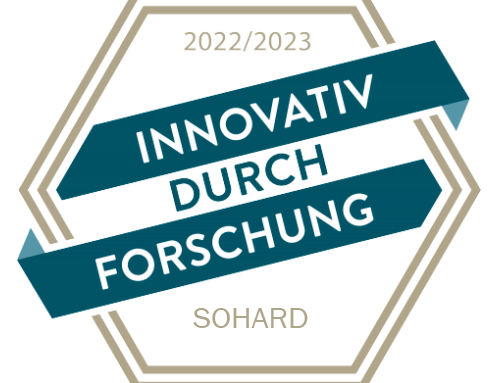As digitalization continues to advance, the requirements for the interoperability of devices are growing. This development is progressing in medical technology in particular.
Clinics increasingly expect medical devices that ensure seamless communication with the master data systems HIS, RIS, LIS, service billing systems and electronic patient records. Internationally, the HL7 standard has become established for this, although it is not yet supported by many of the device series used in hospitals. As a result, data exchange is often not possible or only possible with great difficulty.
Manufacturers of medical devices are now facing the challenge of upgrading their established product ranges for integration into clinical IT with an HL7 connection in order to keep their products competitive. They are under additional pressure due to the often lengthy and cost-intensive approval procedures for medical devices.

HL7 connectivity is realized with the help of an external module (SoM), which can usually be integrated into the existing medical device and its housing without great effort due to the usual small dimensions.
The module contains an independent subsystem (PESS), which interprets the data from the medical device and translates it into the HL7 standard. The PESS is designed and developed precisely to meet the device’s requirements for existing internal interfaces and the expected HL7 scope.
With HL7 retrofitting, SOHARD offers you the opportunity to equip your tried-and-tested medical products with an HL7 connection at low cost and without technical risk.
Picture Credit: File ID 116582404 | © Chernetskaya | Dreamstime.com






